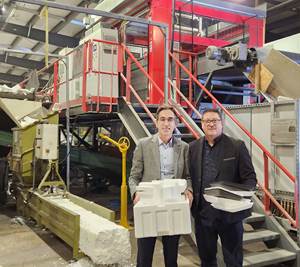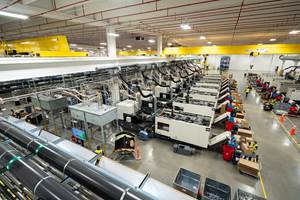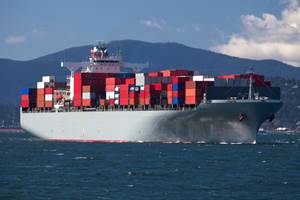Wood on Plastics: Building a Foundation for Construction Market Recovery
Now that the first half of 2010 is behind us, it appears safe to make two observations about the latest trends in the residential construction sector.
Now that the first half of 2010 is behind us, it appears safe to make two observations about the latest trends in the residential construction sector: First, we’re finally past the cyclical bottom in housing starts, construction spending, and most of the activity indicators for residential real estate. Second, we’re only a few months into what will be a long and painfully slow recovery. So while things are not likely to get any worse in the near-term, it will be at least another year or two before activity in residential construction returns to anywhere near a healthy level.
U.S. housing starts are usually a leading indicator for the overall economy, but that is not the case this time around. The best that can be said at present is that, for the first time since 2006, this sector will not be a drag on the economic data. For the four-year period from 2006 through 2009, the number of new houses started in the U.S. dropped at an average rate of 28%/yr. The total plummeted from 2.1 million units started in 2005 to 554,000 units last year, which was the lowest total ever recorded since these data were first collected in 1959. Our forecast is for a 10% to 15% rise in housing starts in 2010, but that will only get the annual total back up to between 600,000 and 640,000 units, which would qualify as the second worst annual total since 1959.
The outlook for the non-residential sector is even darker. Through the first half of this year, the total value of non-residential construction activity is down about 15% from a year ago. This decline would be much worse if not for the federal stimulus spending that is propping up spending on construction-related projects. Spending for commercial, office, lodging, and manufacturing buildings is down 30% to 50% for the year. Vacancy rates have skyrocketed, and financing remains extremely difficult to obtain. These conditions will improve very slowly, so non-residential construction activity will lag well behind the rest of the economy.
While market conditions for plastics in construction are far from optimal, there are still some emerging opportunities. The most important are the trends towards energy efficiency, sustainability, and “green” products. The residential remodeling segment is rebounding much more quickly than new construction, and most of this demand is generated by the desire of homeowners to reduce energy costs, spurring demand for replacement windows and doors.
The pipe segment is also benefiting from market trends to become “greener” and save money as well. Despite the recent recession in construction, prices for materials such as copper, iron, steel, and concrete continue to rise rapidly. As contractors look for products that are cheaper to manufacture, cheaper to transport and install, and are made from recycled or reclaimed materials, PVC and HDPE pipe will become increasingly viable for applications like non-pressurized drainage applications or collecting, transporting, and storage of non-potable water supplies such as rainwater harvesting.
WHAT IT MEANS TO YOU
- Processors who supply products for construction should focus on remodeling markets right now. They will recover sooner than the new construction sector because of tax credits and because many remodeling projects do not require financing.
- Energy efficiency will continue to be the dominant theme in residential and non-residential building products for the foreseeable future. Focus new-product development in this area.
- Plastics products that facilitate and supplement emerging technologies in geothermal energy, fuel cells, optical fibers, films for solar panels and windows, and radiant heating will enjoy increasing demand in coming years.
Related Content
Nexkemia Acquires Polystyrene Recycling Assets
The polystyrene manufacturer finalized its purchase of Eco-Captation, a recycler.
Read MoreIPEX Opens Injection Molding Facility in North Carolina
The pipe and fittings manufacturer’s new 200,000-square-foot facility represents a $200 million investment and will create 150 jobs.
Read MoreInfrastructure May Prove Big Landing Spot for Recycled Plastics
As the government funds infrastructure improvements, a hot topic at NPE2024 – exploration of the role recycled plastics can play in upcoming projects, particularly road development.
Read MoreRecord Reshoring Rates in 2022
Reshoring and foreign direct investment (FDI) in the third quarter marked their highest ever level, eclipsing the previous record set in the second quarter of 2022.
Read MoreRead Next
Why (and What) You Need to Dry
Other than polyolefins, almost every other polymer exhibits some level of polarity and therefore can absorb a certain amount of moisture from the atmosphere. Here’s a look at some of these materials, and what needs to be done to dry them.
Read MorePeople 4.0 – How to Get Buy-In from Your Staff for Industry 4.0 Systems
Implementing a production monitoring system as the foundation of a ‘smart factory’ is about integrating people with new technology as much as it is about integrating machines and computers. Here are tips from a company that has gone through the process.
Read More










.png;maxWidth=300;quality=90)









